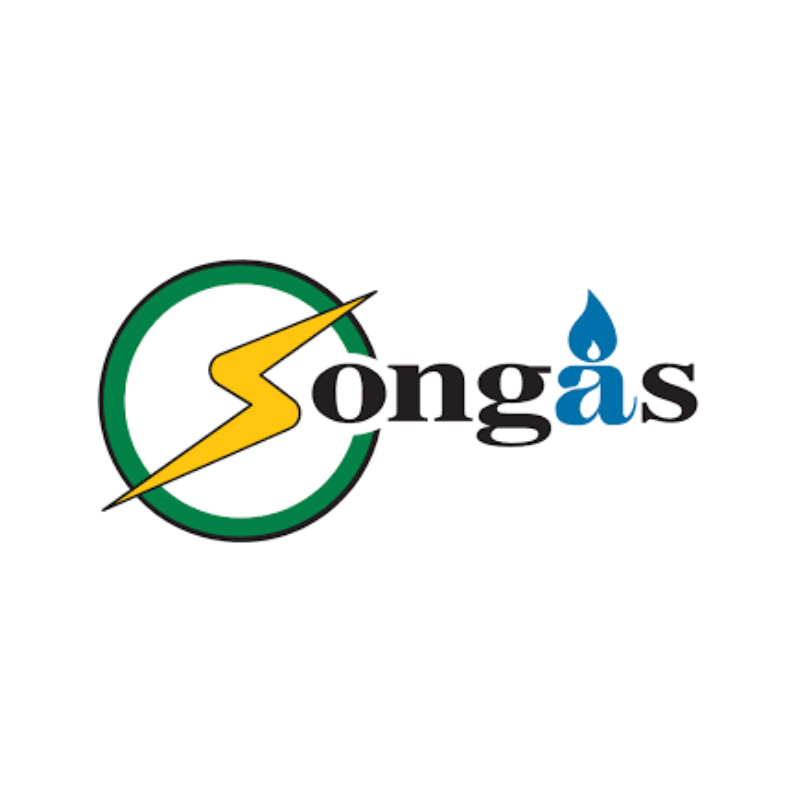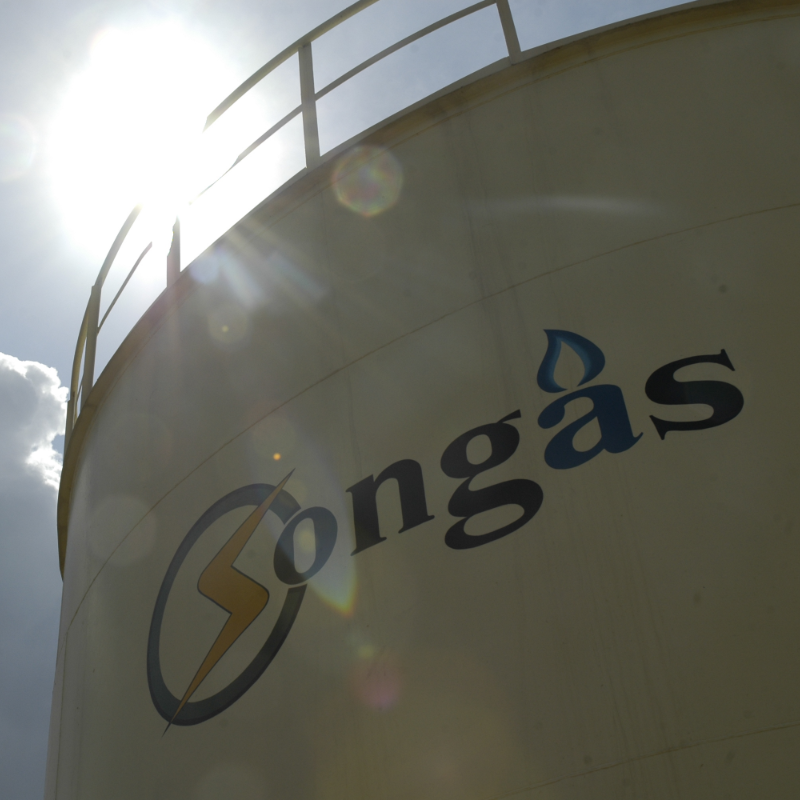Songas
A resource pipeline
Power shortages stunt economic growth. Without reliable electricity supplies, produce rots, factories fail and offices grind to a halt.
In Sub-Saharan Africa, the energy shortage is acute. On a per capita basis, power generation capacity in the region is about one tenth of the levels found in other low-income regions. In Tanzania itself, out of a population of 45 million, only 18.7% of Tanzanians currently have access to electricity, leaving impoverished households reliant on burning charcoal.
Tanzania had long wanted to generate electricity from its own gas to reduce dependency on hydroelectric power and imported oil. But due to a poor investment climate, development of the country’s SongoSongo gas field stalled in the 1980s. This continued into the 1990s, when no foreign commercial lenders would support the sector.
In 2003, Actis-backed Globeleq invested in Songas, a gas processing company on SongoSongo Island connected by a pipeline to the 190 MW Ubungo power plant, 243km away.
The plant opened in October 2004, stepping-up to its current capacity by July 2005 to become the largest gas-fired power plant in East Africa.
Actis, through its investee company Globeleq Africa, has worked closely with Songas over the years to monitor the site’s environmental impact. We carried out 27 environmental and social studies to create an Environmental and Social Management Plan, approved by the World Bank. The plan monitors biodiversity, air quality, forestry, water, soil erosion, waste, health and safety. And as part of its commitment to the community, Songas has helped construct water and electricity supplies, as well as a medical dispensary.
Since Actis’ original investment in Songas, Tanzania has led East Africa in terms of new discoveries of natural gas, including at Kiliwani, south of Songo Songo. With the country’s known gas reserves now standing at approximately 7.5 billion cubic feet, there is clear potential to continue developing Tanzania’s standing as an electricity producer, both for domestic use and for export.

